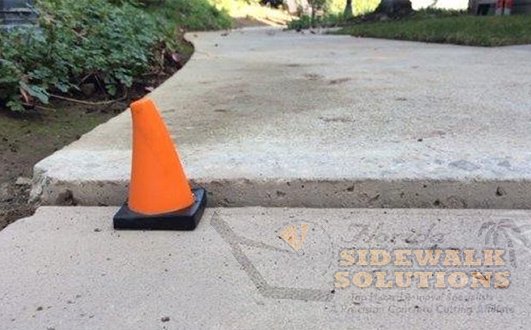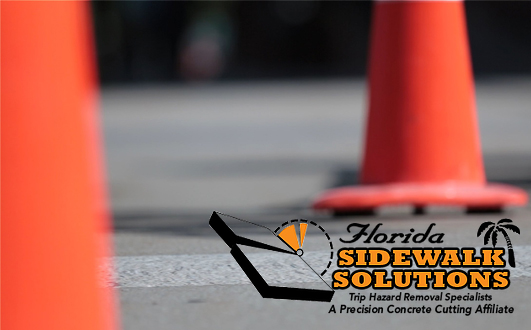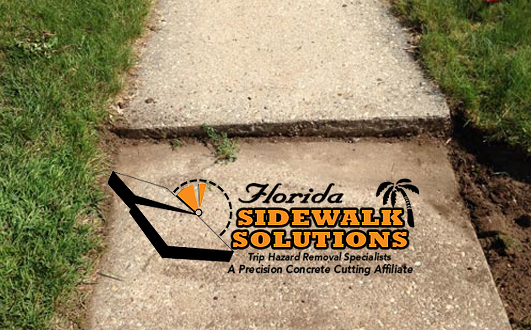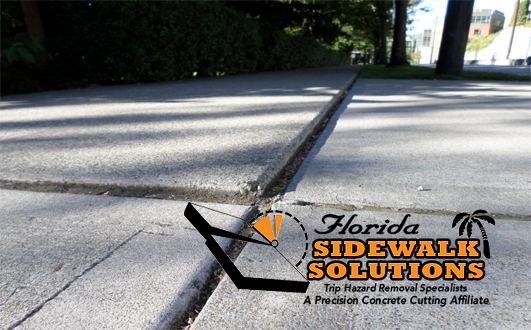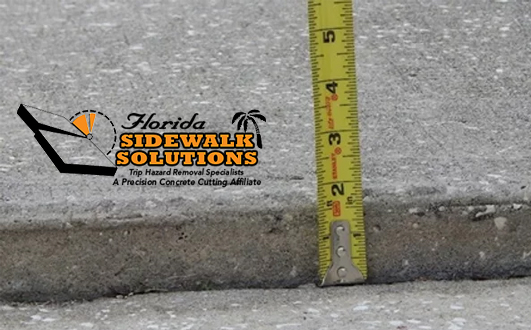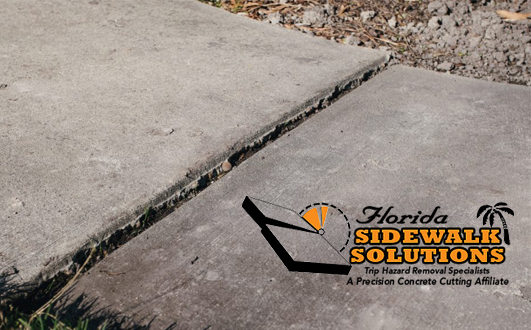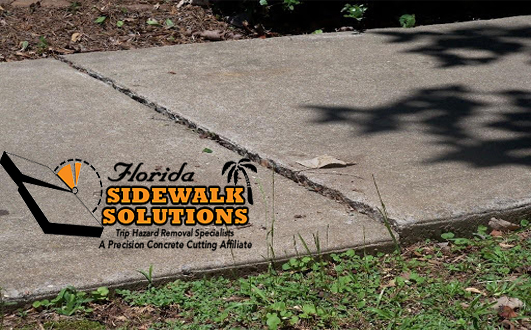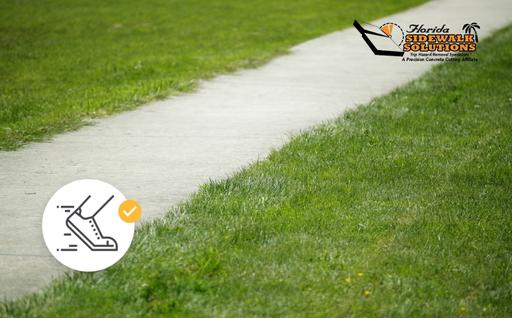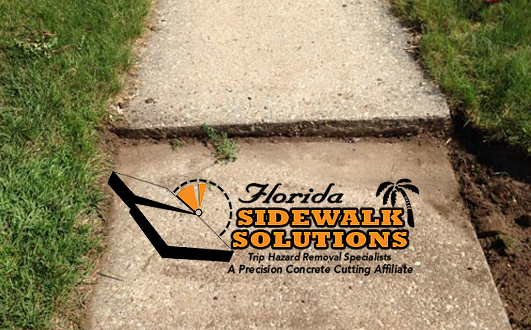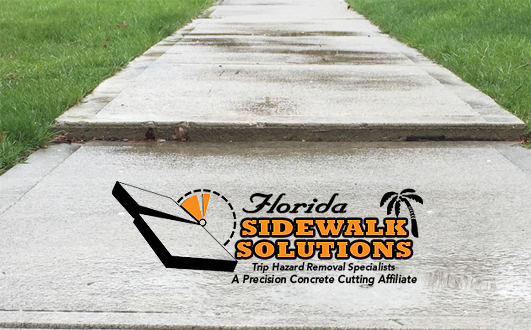ADA Compliance Rules by FSS
If you own or manage property that the public can regularly access such as a store, plaza, strip mall, or anything similar you need to be aware of the ADA Compliance Rules regarding your sidewalks and walkways. In 1990, the government introduced a list of ADA Compliance Rules, ADA stands for the Americans With Disabilities Act. These rules were set to define guidelines to make it so people who suffer disabilities that make traversal difficult or dangerous have an easier and safer time doing so.
When it comes to sidewalks and walkways, the ADA Compliance Rules define Trip Hazards- situations that could likely cause injury for the disabled and even those who are not. These trip hazards will eventually occur over time in even the most well-designed concrete side-walk or walkway. It is the responsibility of the property owner to maintain ADA compliance and address trip hazards to have them removed. this is done in order to avoid fines as a property owner and to prevent injury to the disabled.
Most of the items in this Trip Hazard compliance list can be met during the initial construction of the sidewalk or walkway. The one item that will require attention, inspection and eventual service is Trip Hazards. Why spend thousands on a new sidewalk, or worse, be liable for injury due to a trip hazard? Call Florida Sidewalk Solutions today for more information on how you can make sure your cracked or damaged sidewalk can be fixed to meet this criterion, without spending an arm and a leg.
Property Owners should be aware of the following Trip Hazard Compliance criteria:
- Width:
In order to properly accommodate mobility equipment such as wheelchairs, a sidewalk has to be a minimum width of 3 feet – or 36 inches. It can be larger, and in fact, if it is less than 5 feet – or 60 inches- wide it will require additional passing spaces at least every 200 feet to allow pedestrians to safely move around each other.
Sidewalk width requirements are especially important for wheelchair-bound individuals. For ADA compliance, the minimum sidewalk width is 36 inches (3 feet), though sidewalks can be wider. - Texture:
Sidewalk texture needs to be pro-friction and slip-resistant. There can be no cracks or uneven areas, which leads us to the next item. - No Trip Hazards
A sidewalk or walkway cannot have a sudden height differential of 1/4″ or more. Over time, the land underneath the sidewalks becomes uneven as well as other factors like damages, erosion, weather, etc. If this height difference exists, it has to be taken care of with a repair before an issue occurs resulting in injury and liability on part of the property owner. - Slope:
A sidewalk Cannot Have a slope ratio of greater than 1:20 at any point or it is considered a ramp- which has its own set of rules. - Curbs:
Curb Ramps are required to safely lead into any sidewalk from areas like intersections. The ramps must be at least 3 feet wide and have a slope less than 1:12.
Call us: 954-514-7218
Related Media: Affordable Sidewalk Repair, Done Right
Follow us on social media: Facebook | Instagram | LinkedIn


